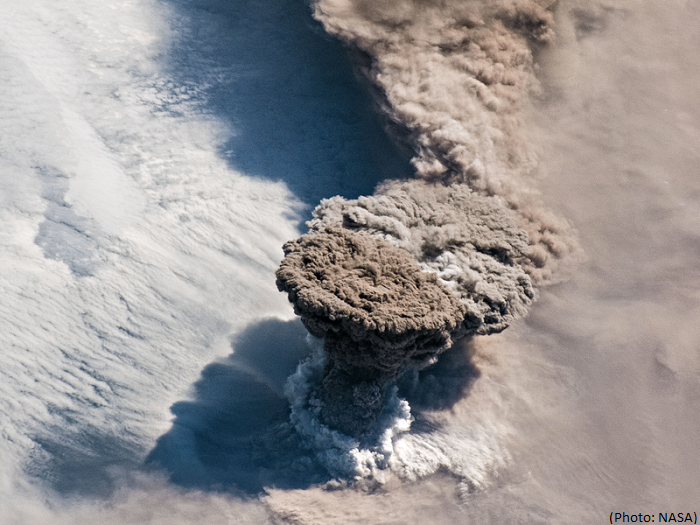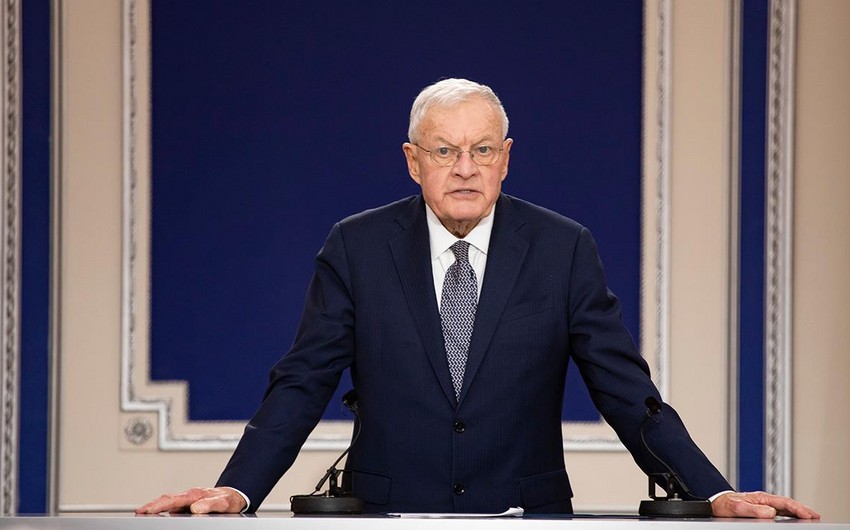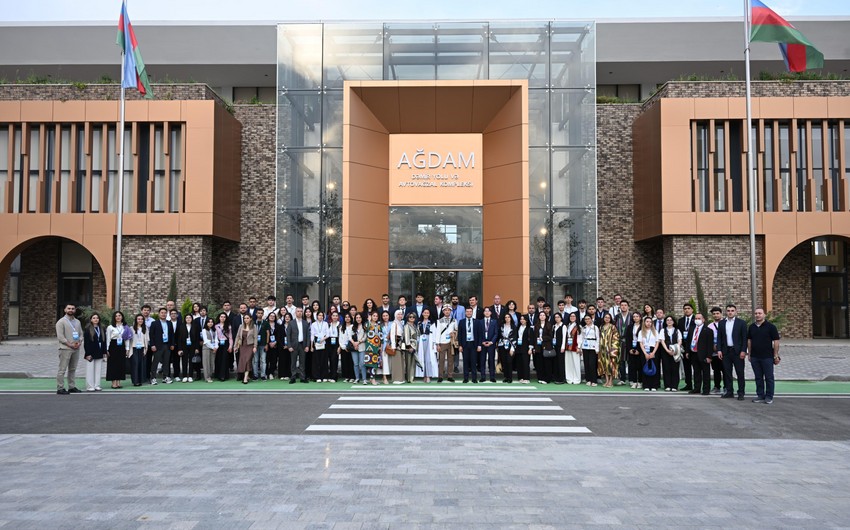Raikoke, an uninhabited volcanic island in the northwest Pacific, last erupted in 1924. It then went silent for nearly 100 years, until, on June 22, Raikoke spewed forth a blast of ash and volcanic glass so powerful it could be seen from space. And fortunately, astronauts on board the International Space Station were there to capture the moment.
.jpg)
Raikoke is part of the Kuril Islands, an archipelago that stretches between Russia's Kamchatka Peninsula and Japan’s Hokkaido. Though no humans live on Raikoke, volcanologists were keeping a close watch on the latest eruption because it reached the stratosphere, which is where many planes fly. The ash flung up by volcanoes contains fragments of rock and glass, posing a serious hazard to aircraft. The Tokyo and Anchorage Volcanic Ash Advisory Centers have thus been tracking the plume and issuing notices to aviators, according to NASA.
Stratospheric eruptions can also have a greater impact on climate than those that stay lower down in the troposphere. Some gases spewed out by volcanoes, like carbon dioxide, can cause global warming; others, like sulfur dioxide, may promote global cooling. NASA reports that when Raikoke erupted, a concentrated plume of sulfur dioxide separated from the plume and began drifting across the North Pacific. Satellite sensors have been tracking the movement of Raikoke’s volcanic gases.
On June 25, Raikoke was still producing some ash plumes, these rising to a relatively modest height of around 6, 500 feet. But thanks to the ISS astronauts, the stunning moments of the volcano’s initial eruptions were preserved for all to see.










